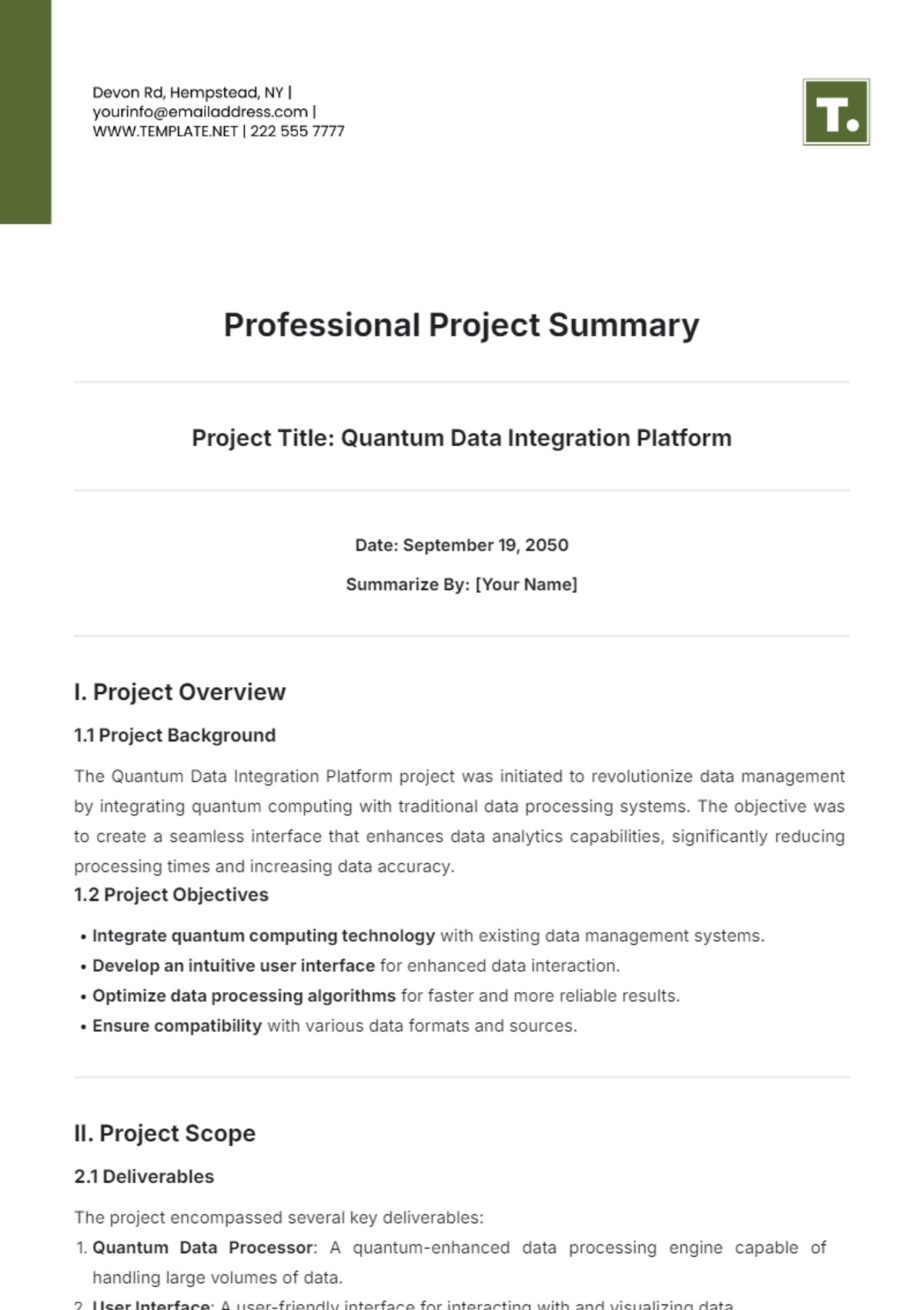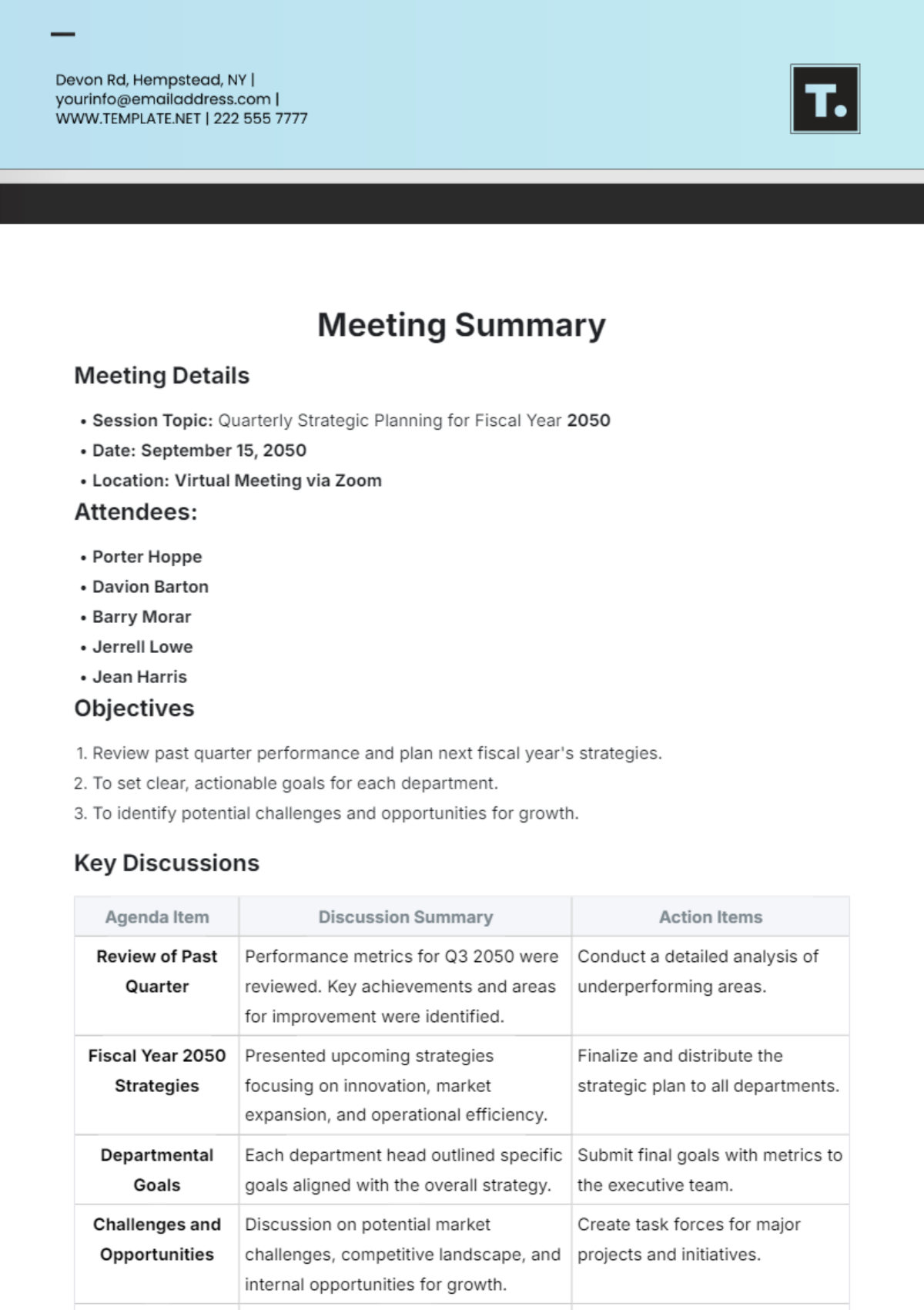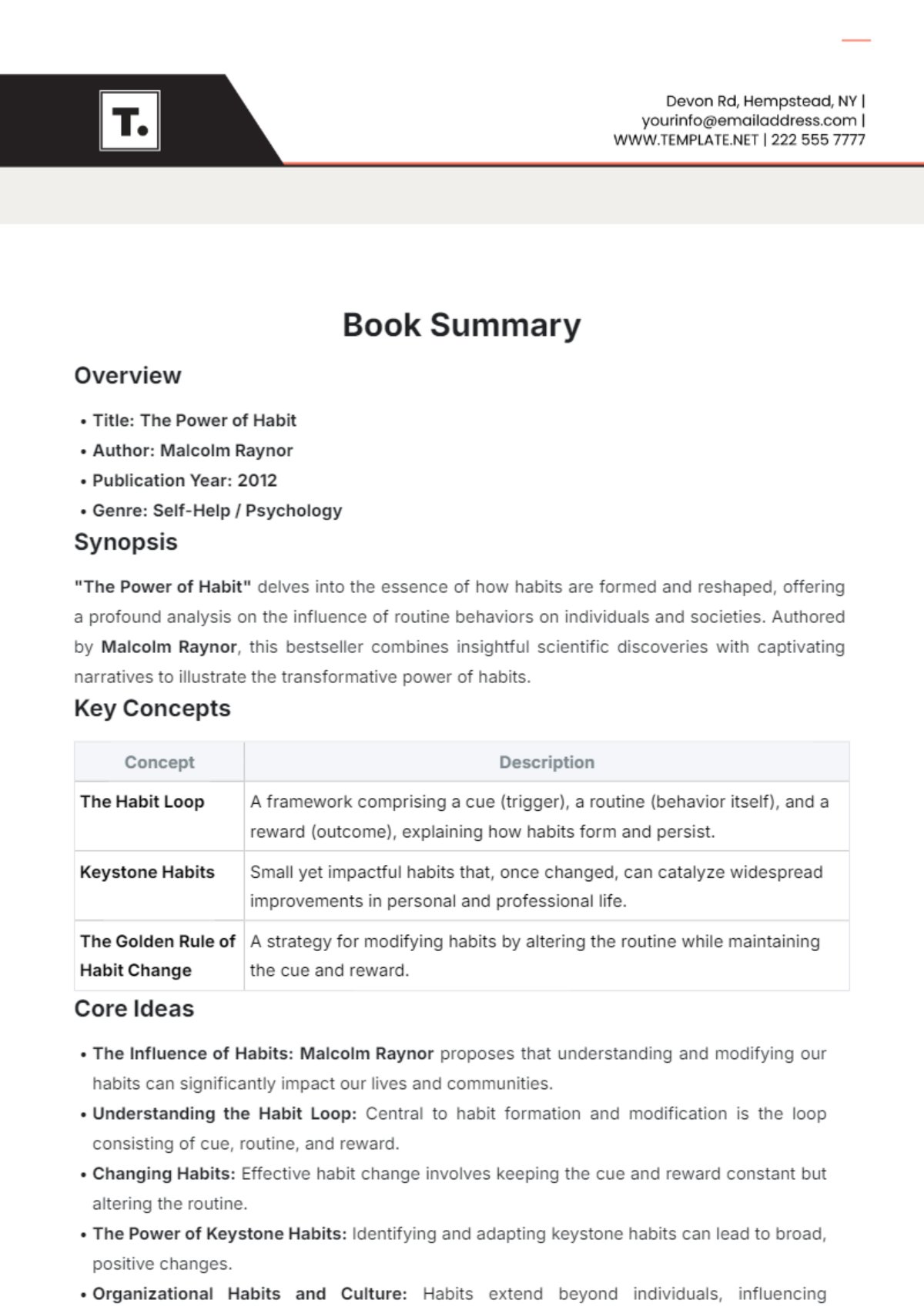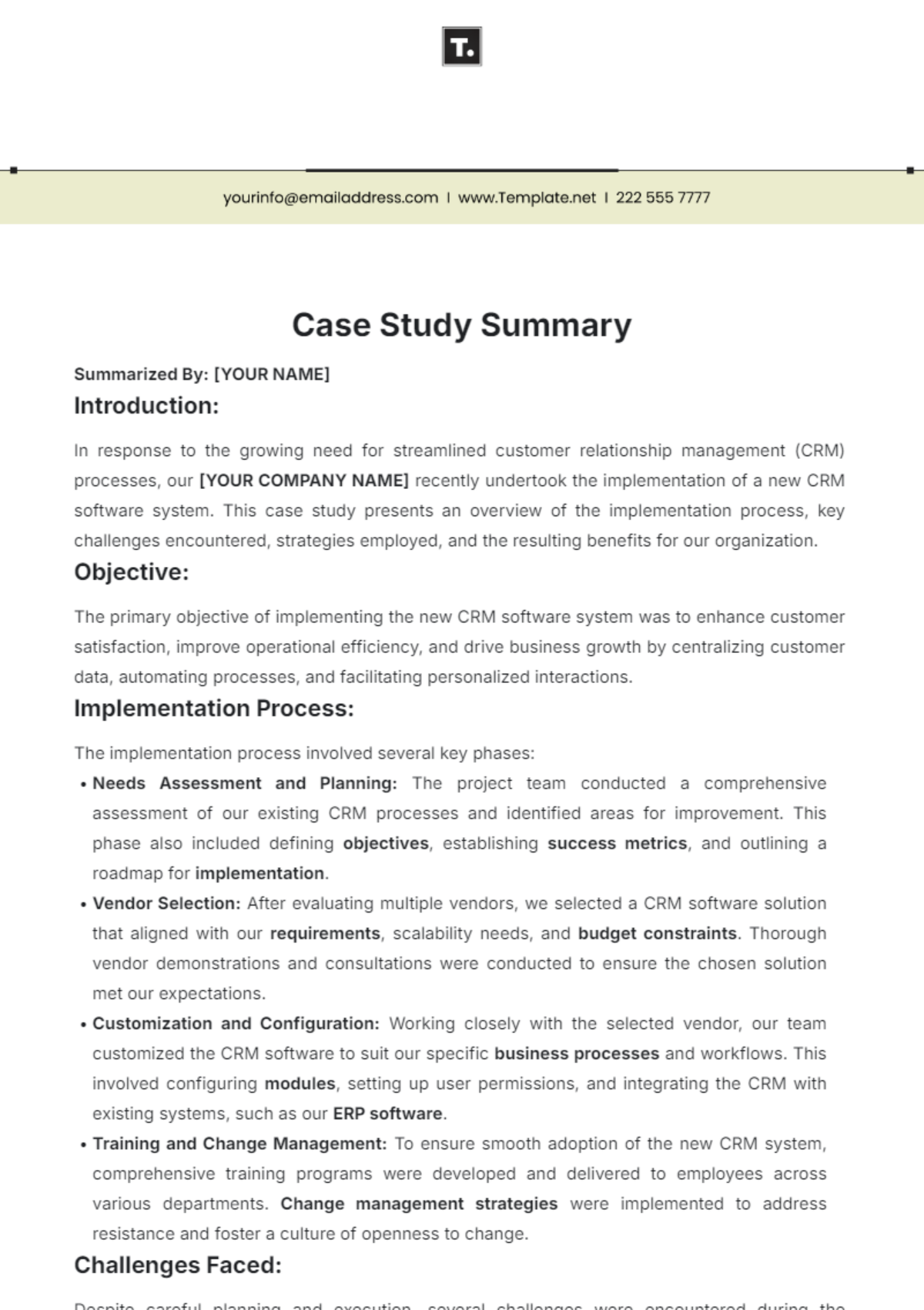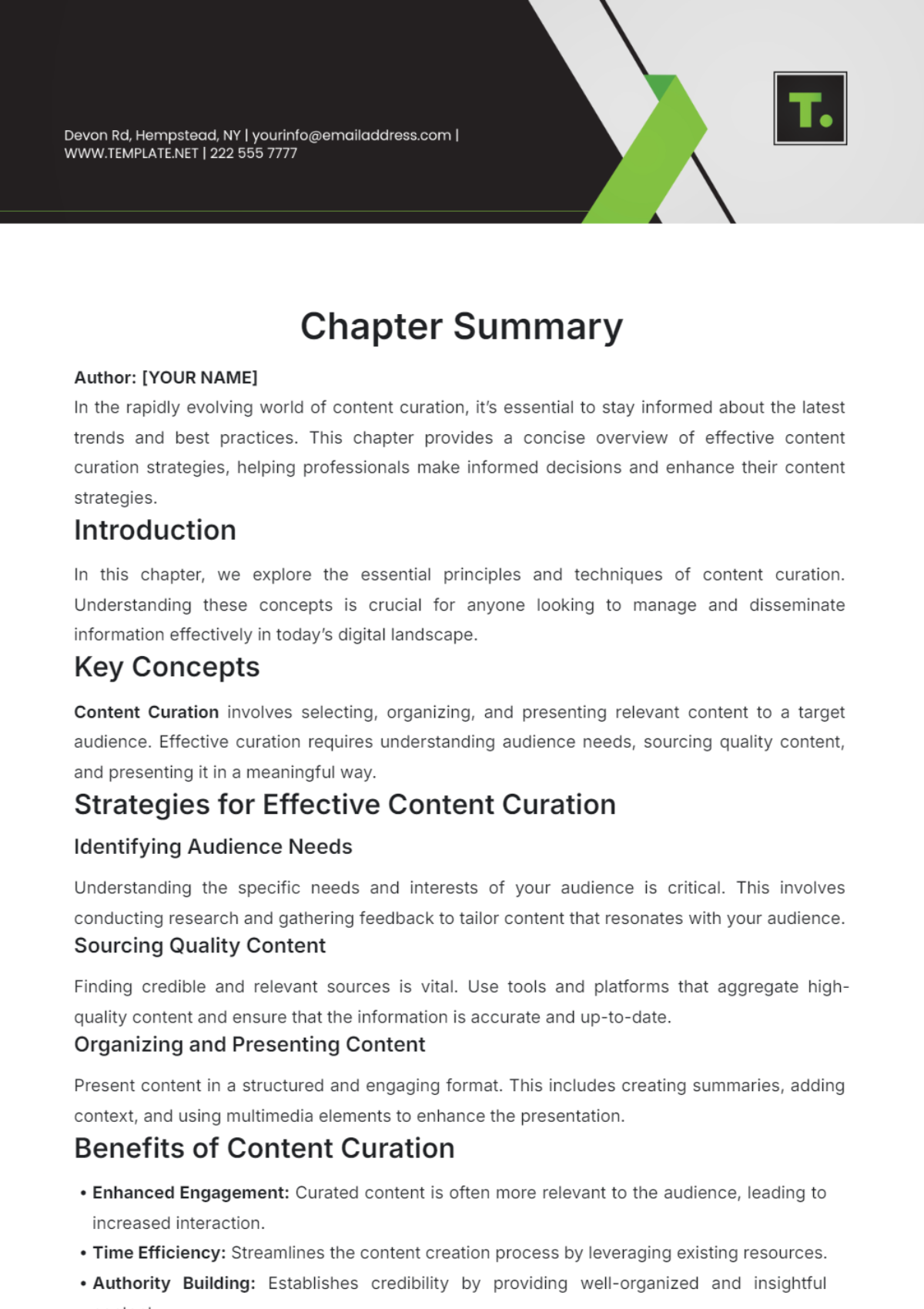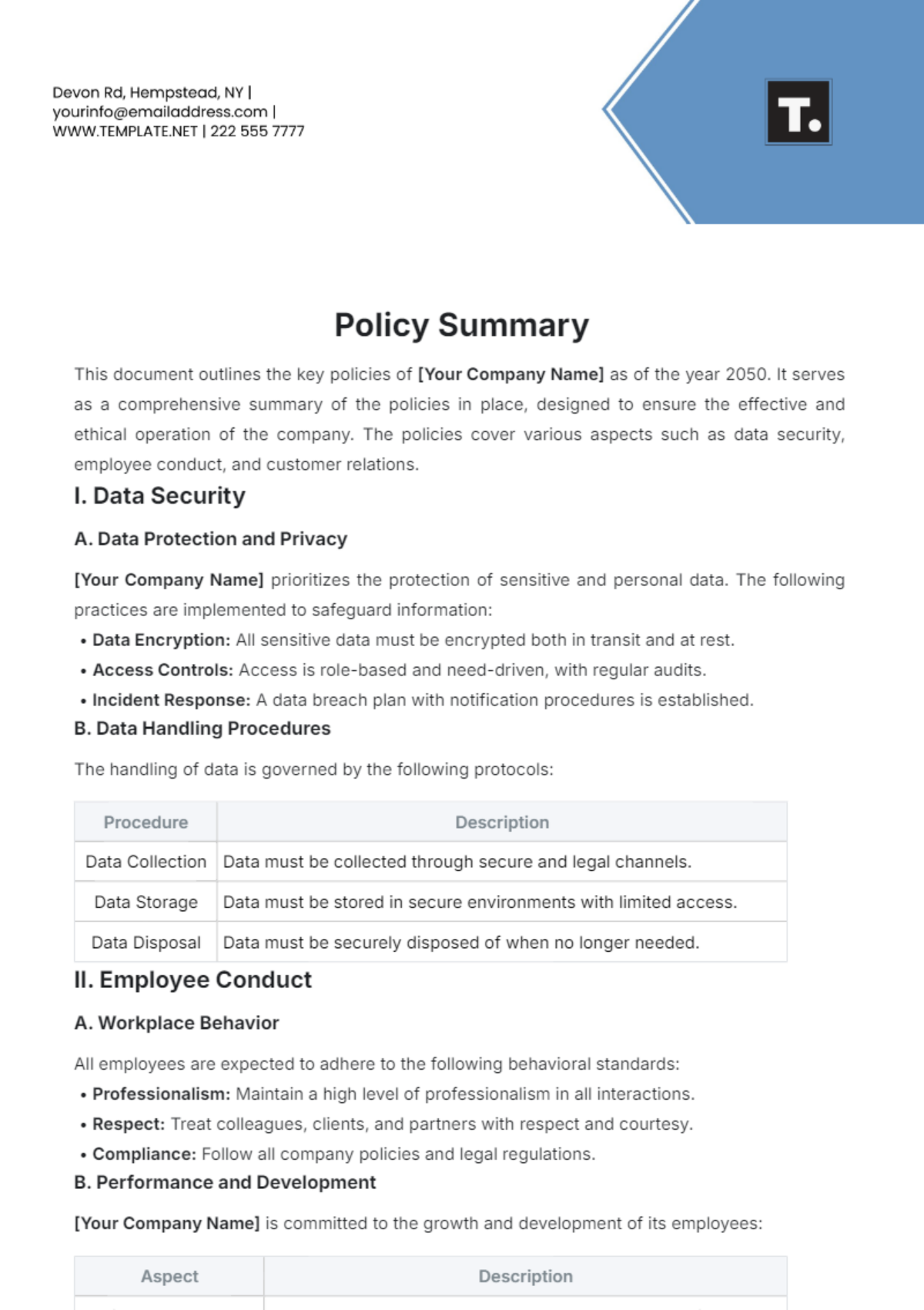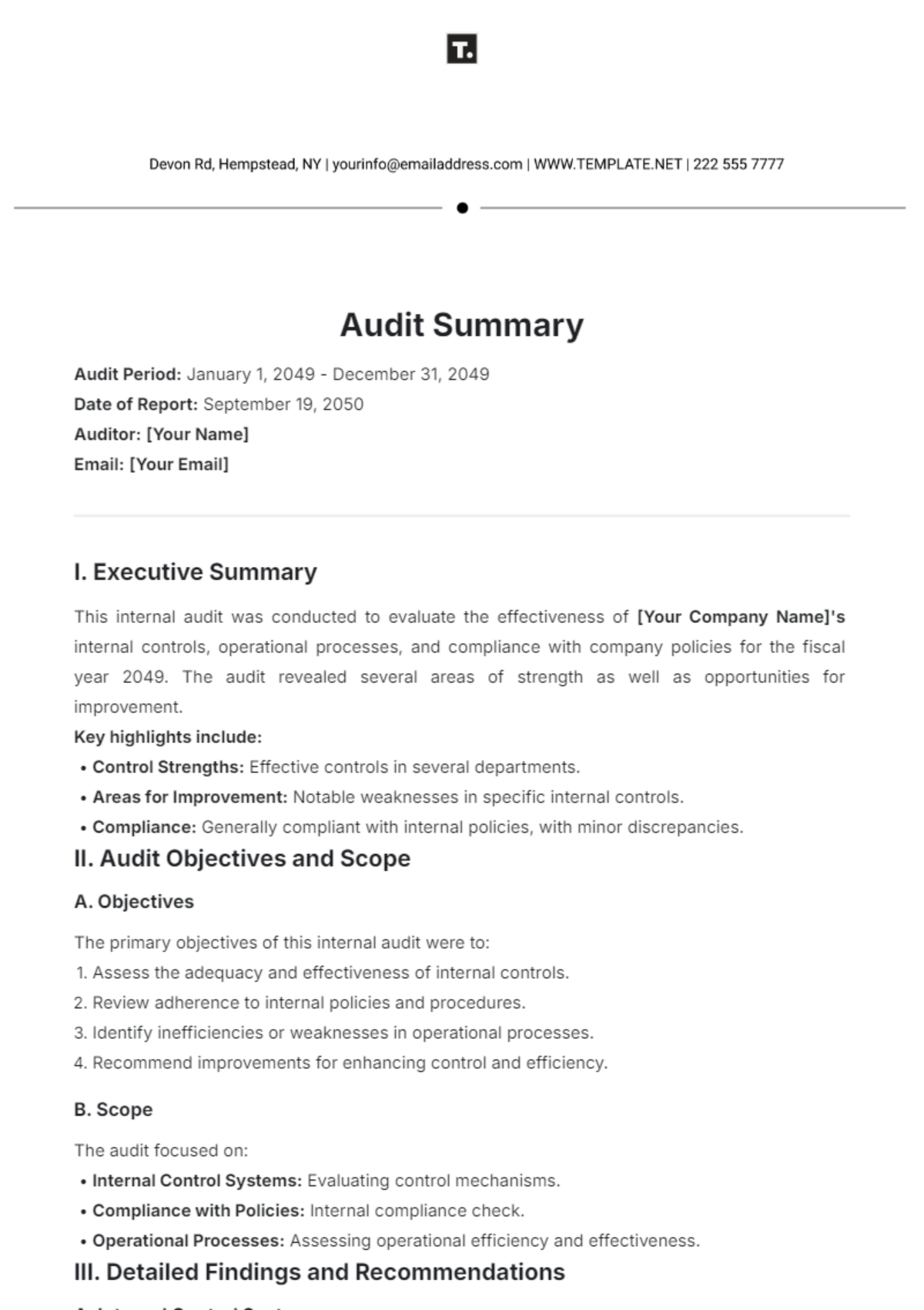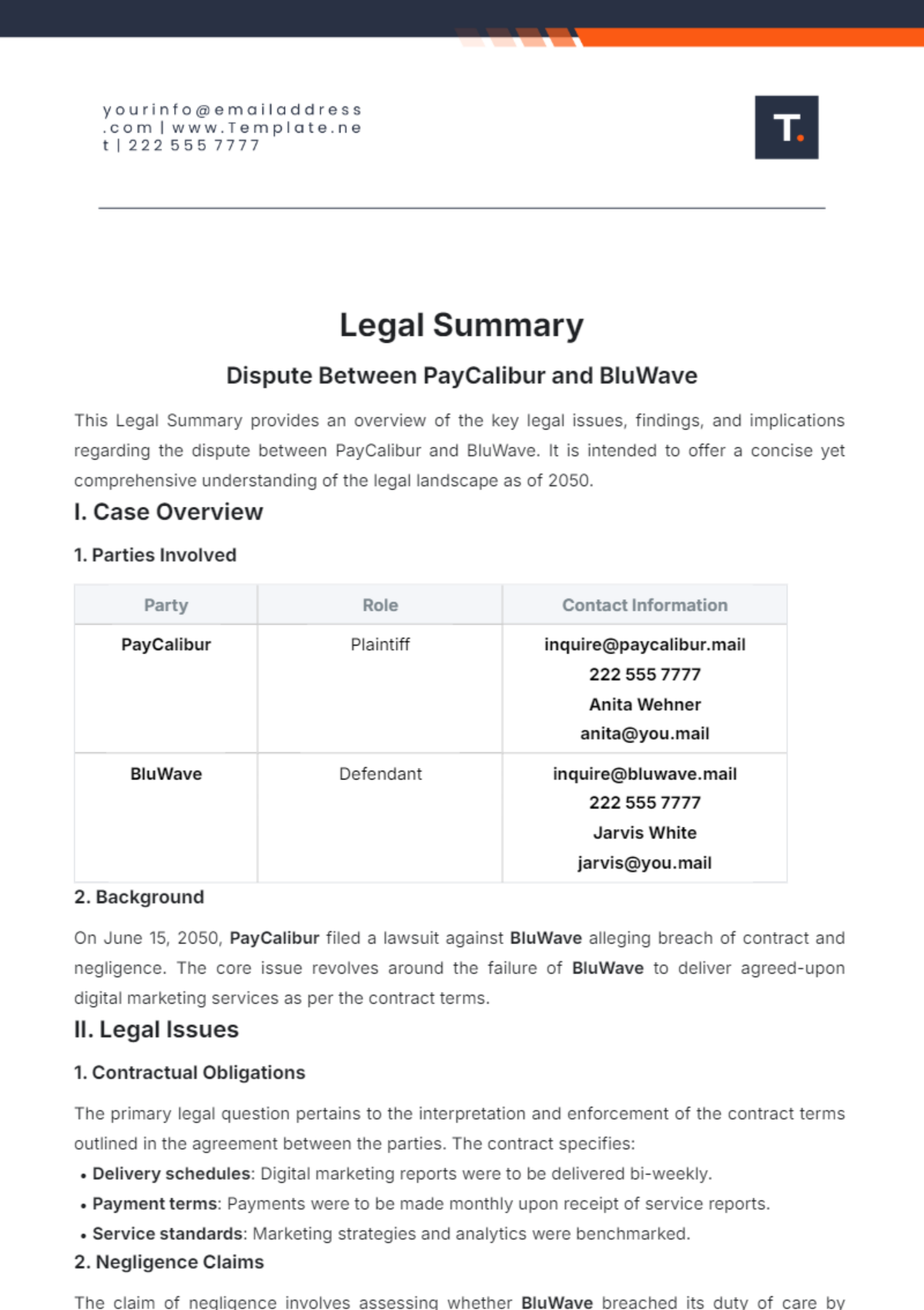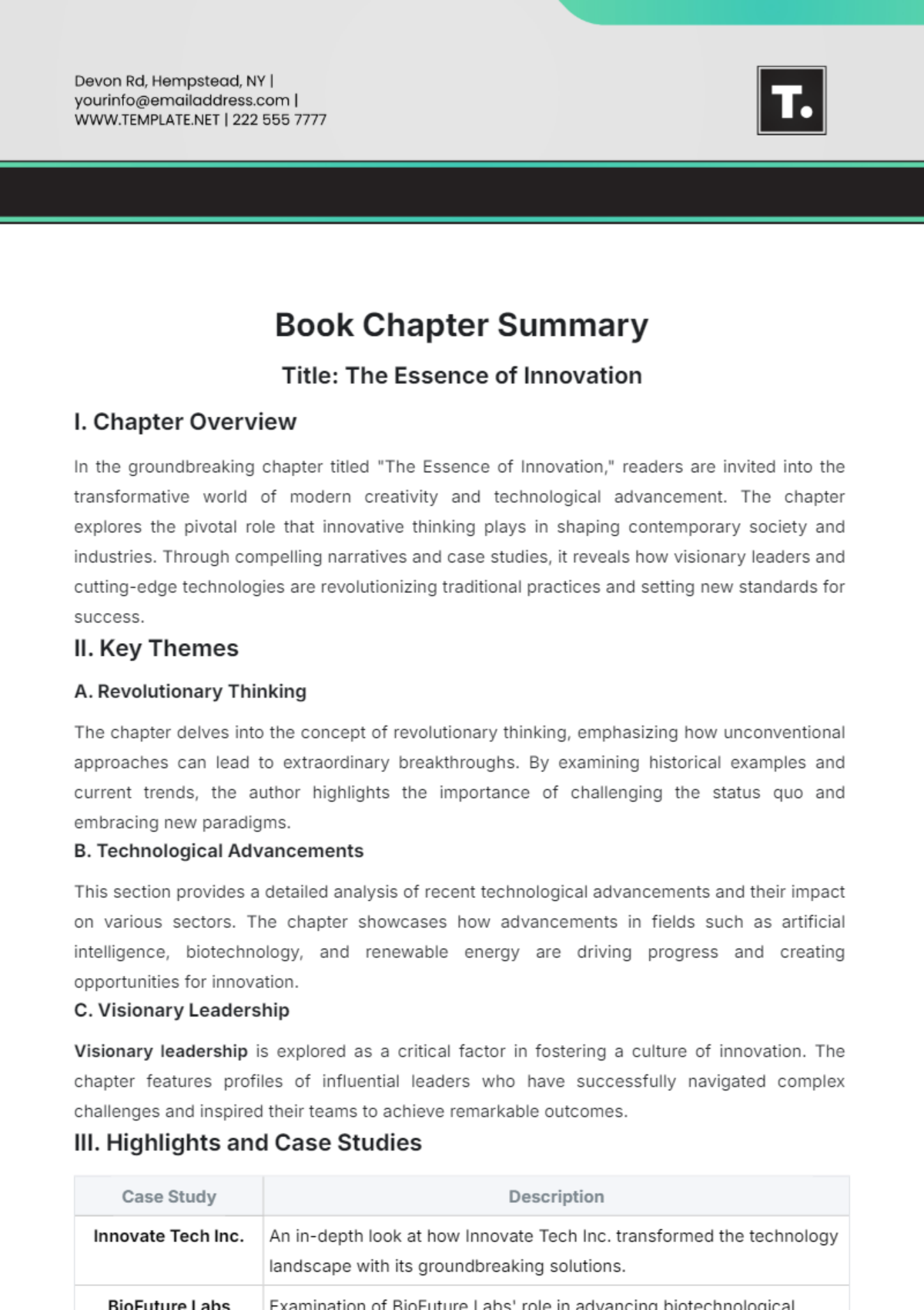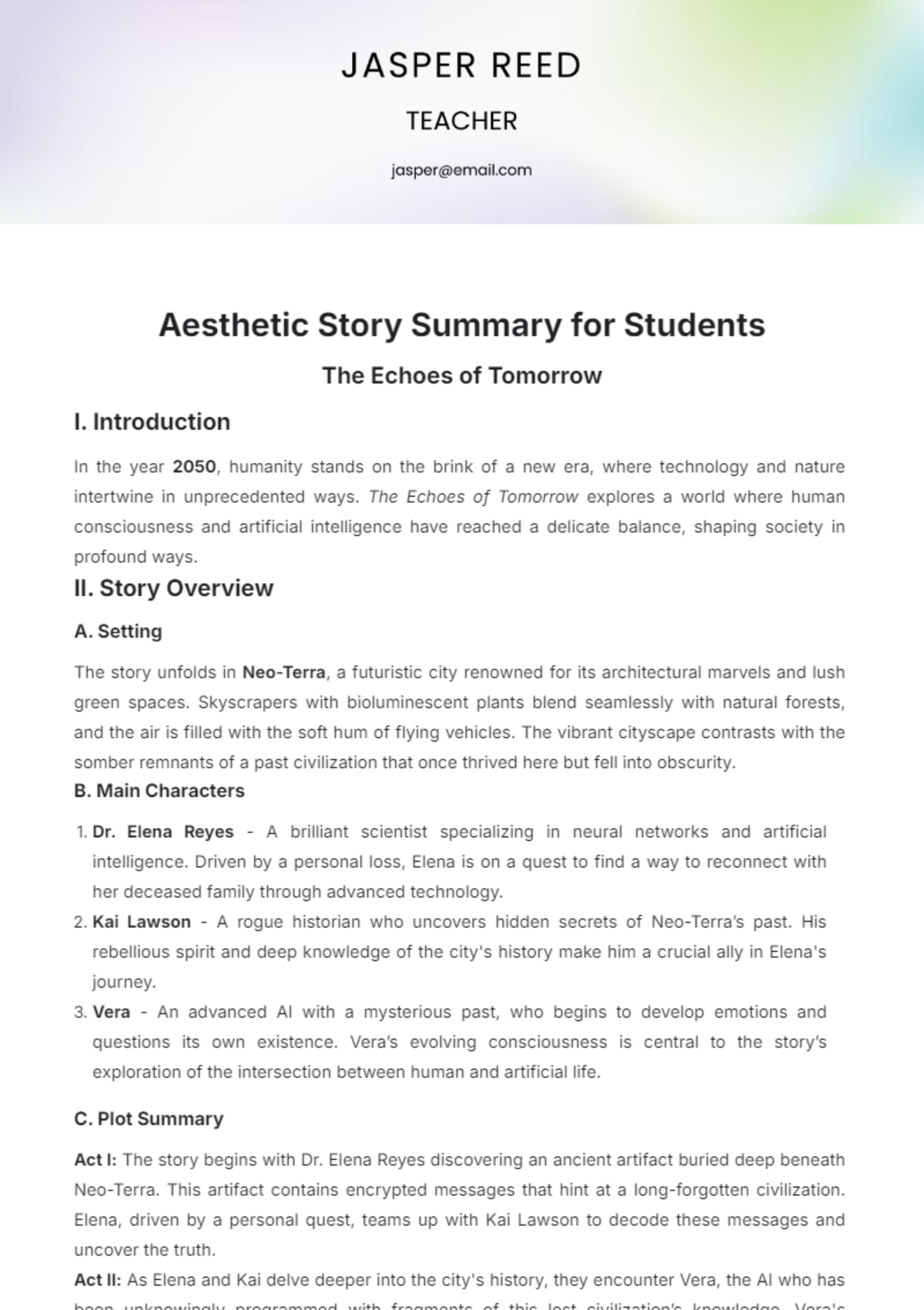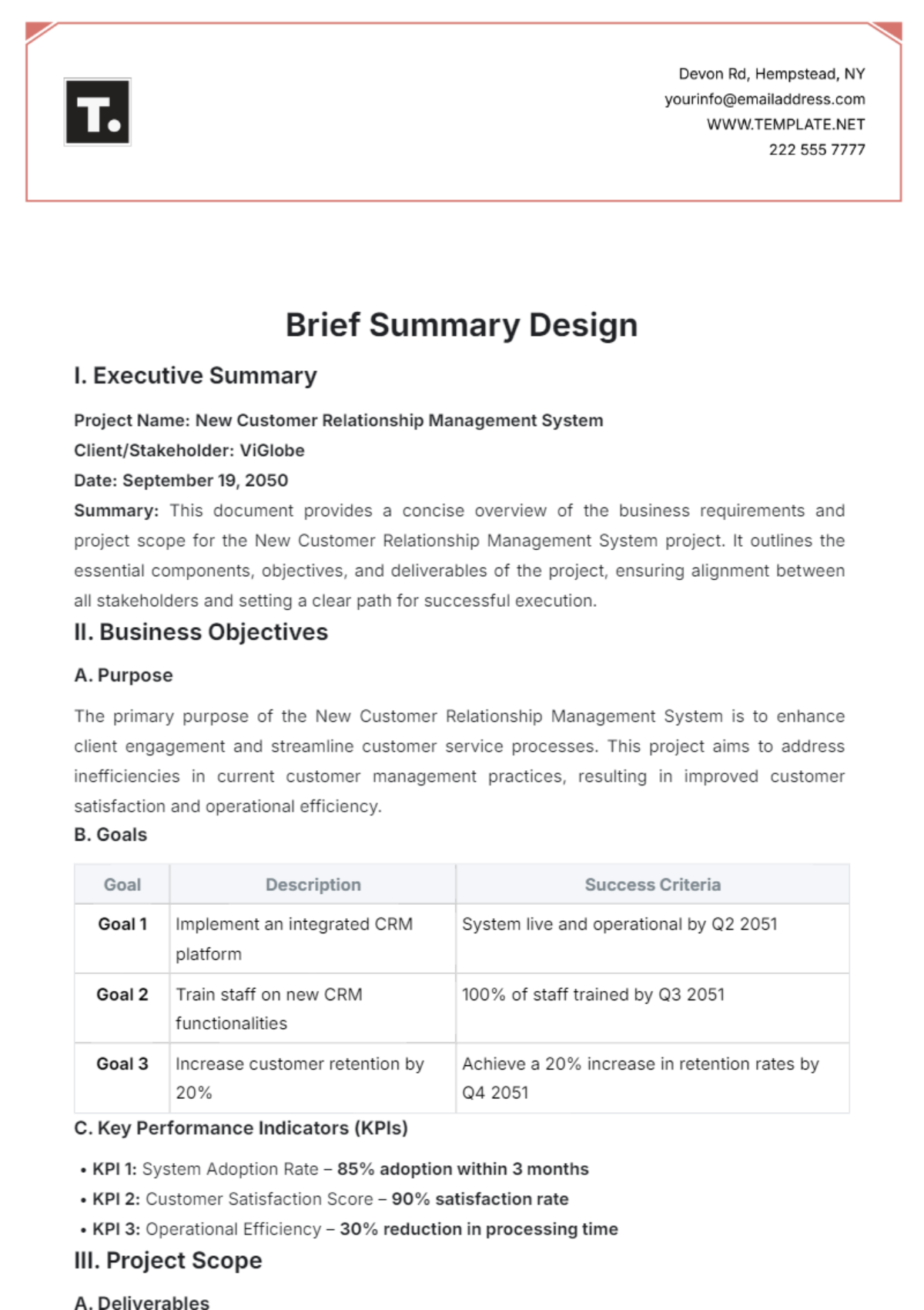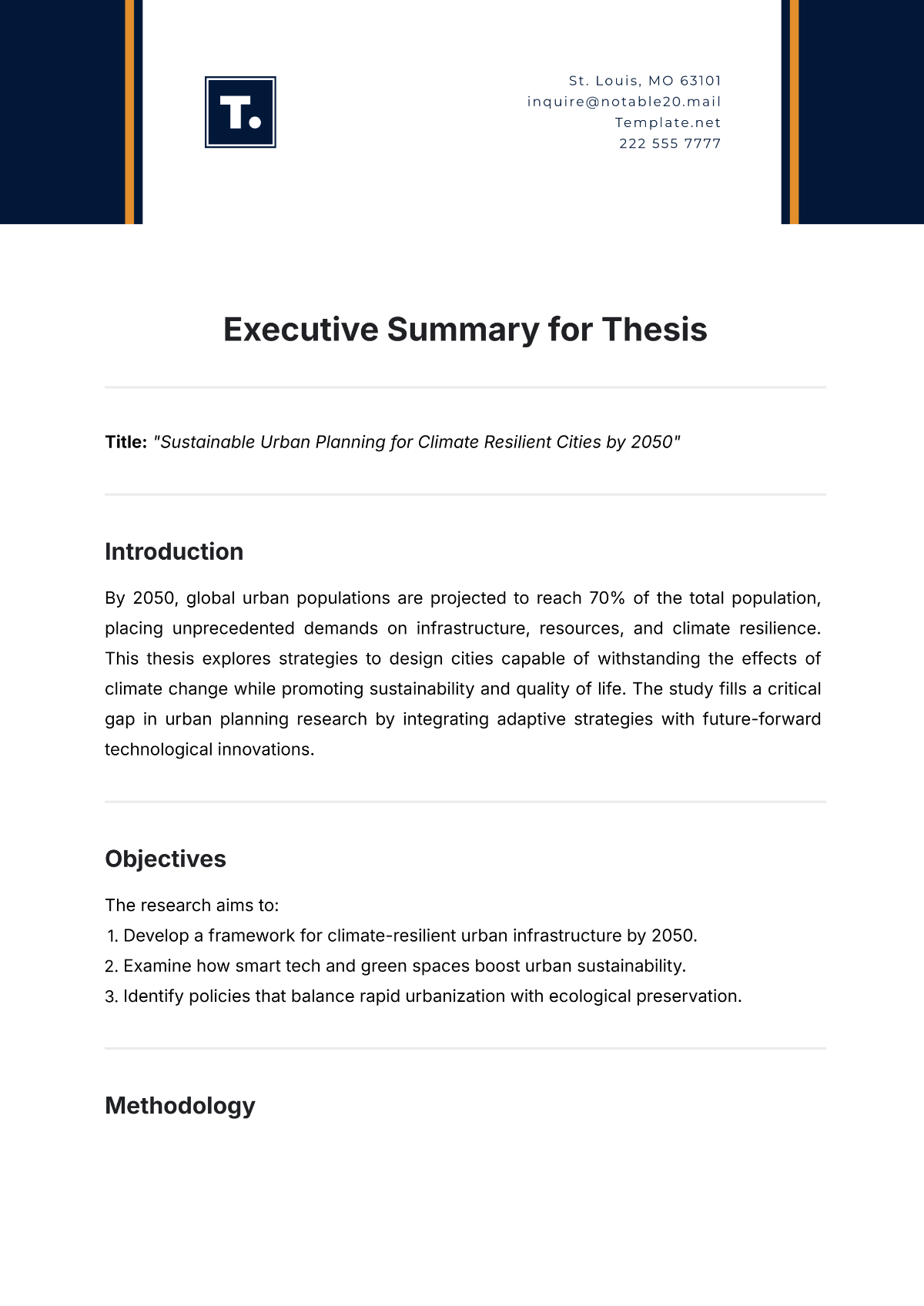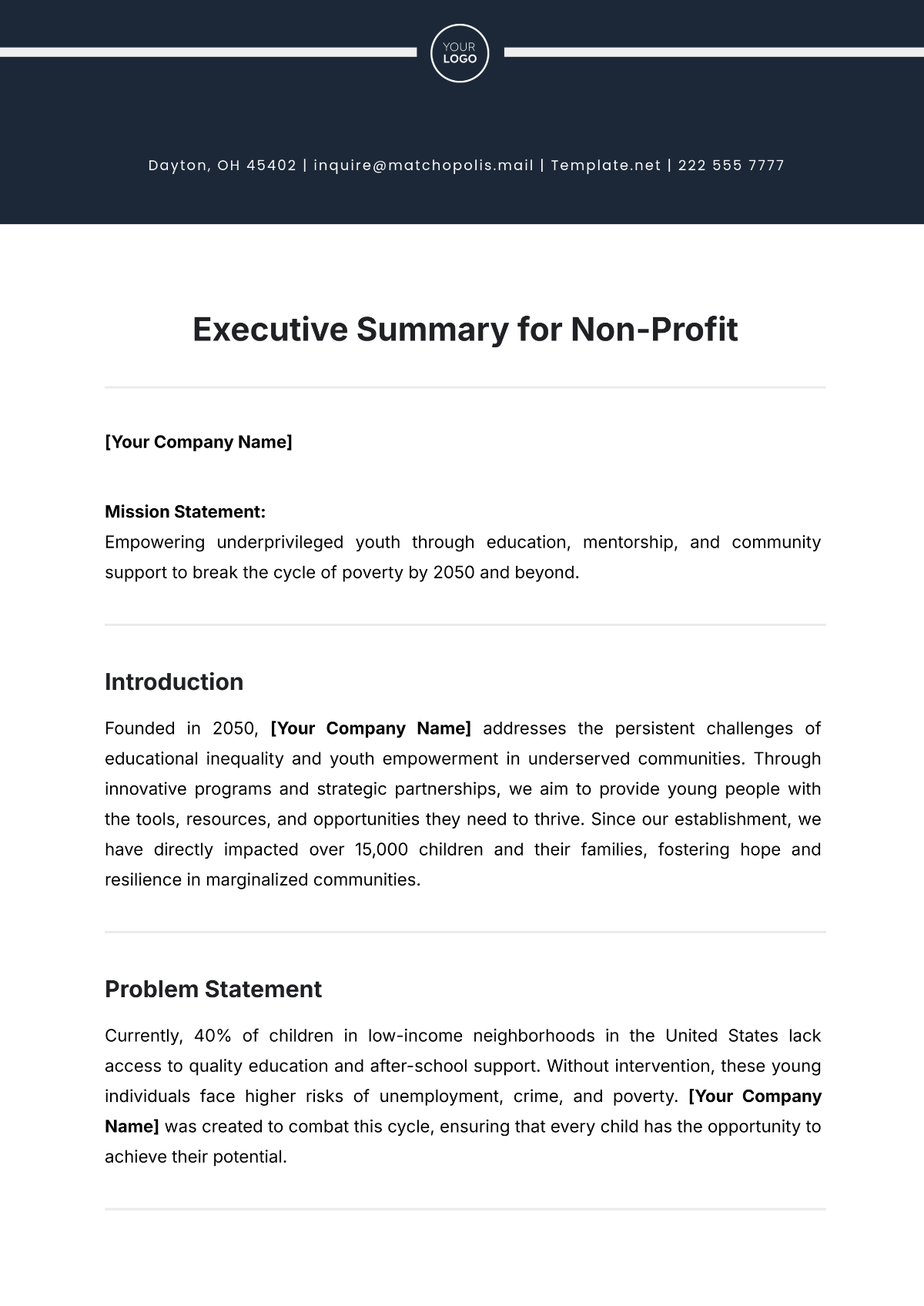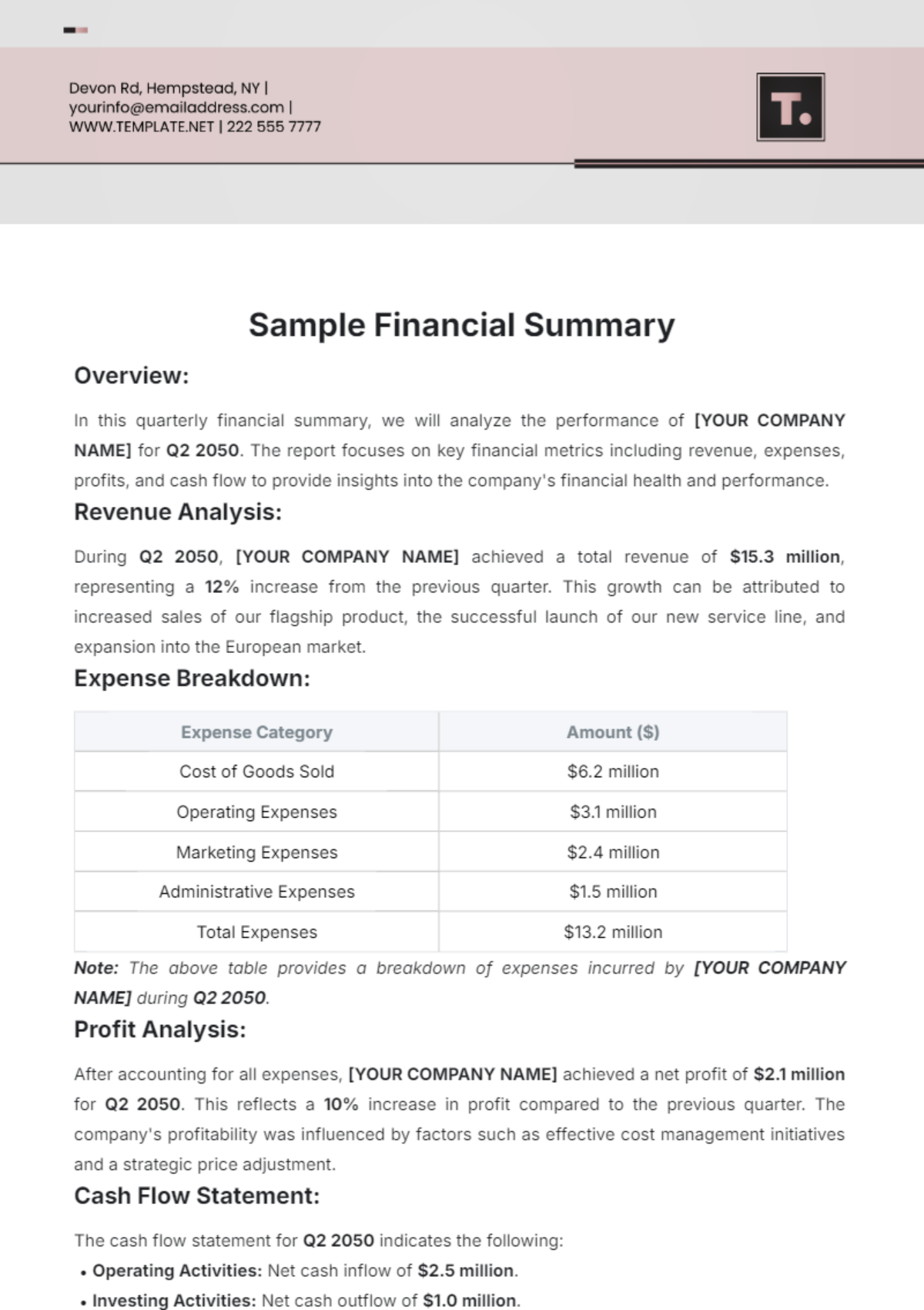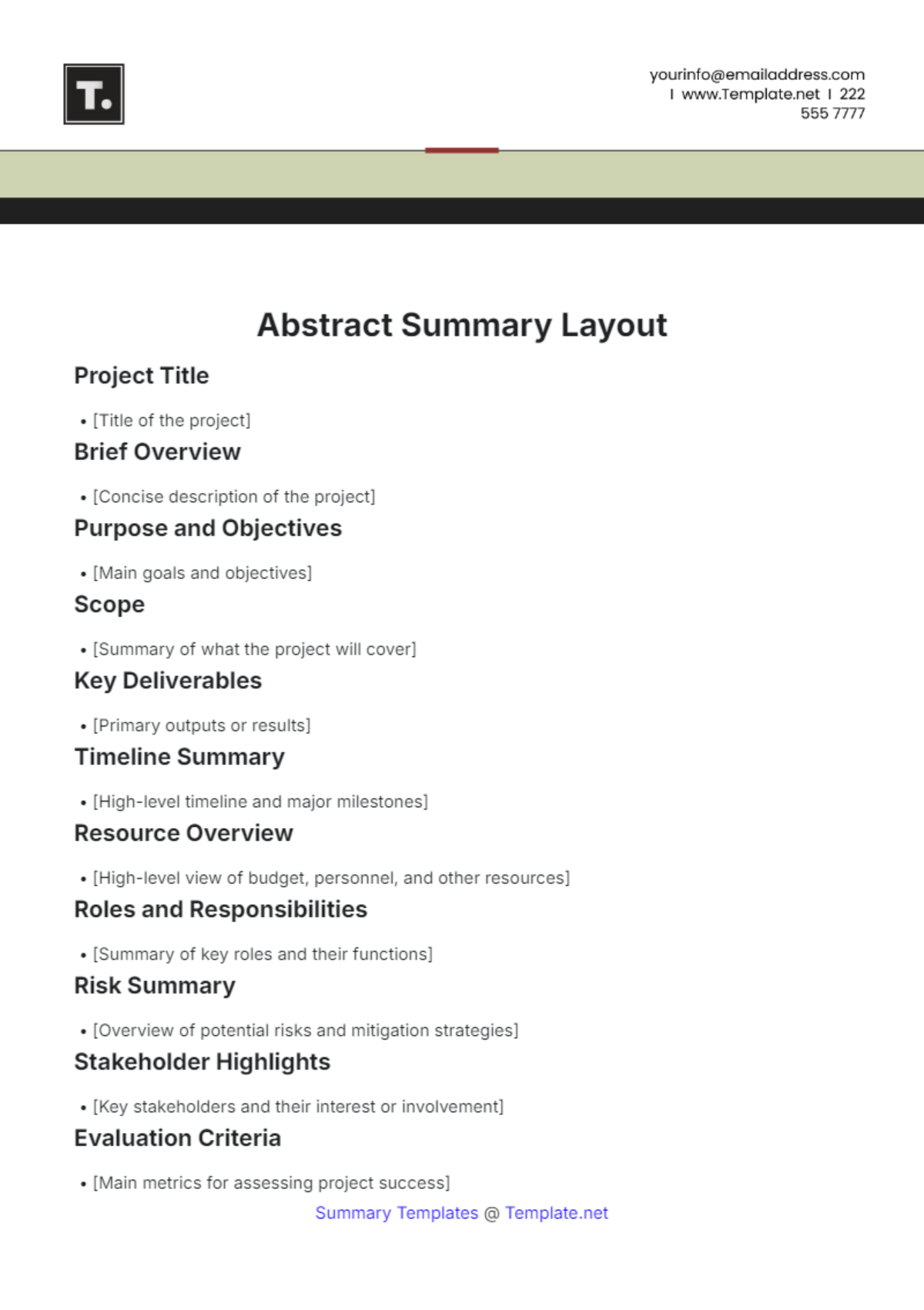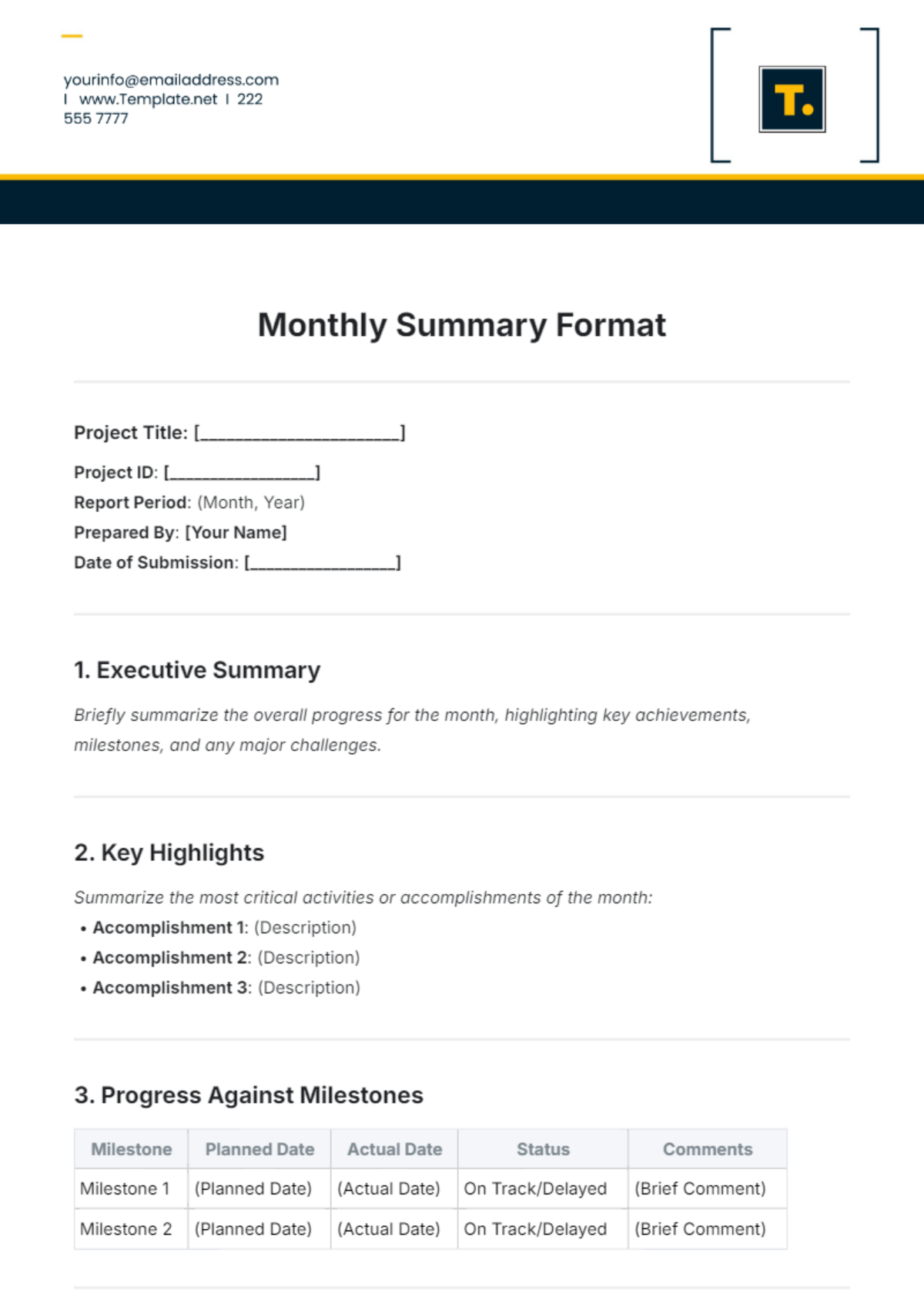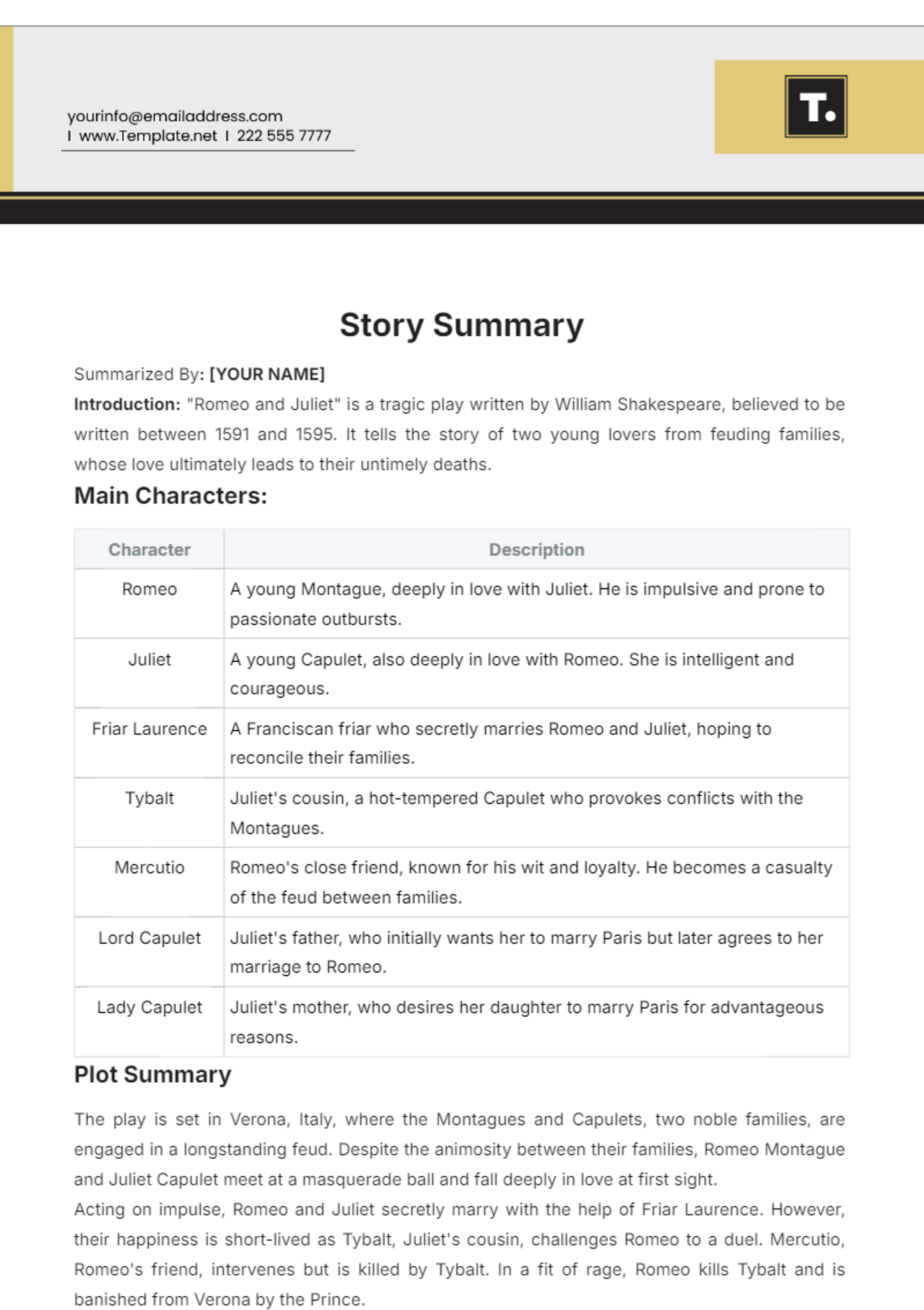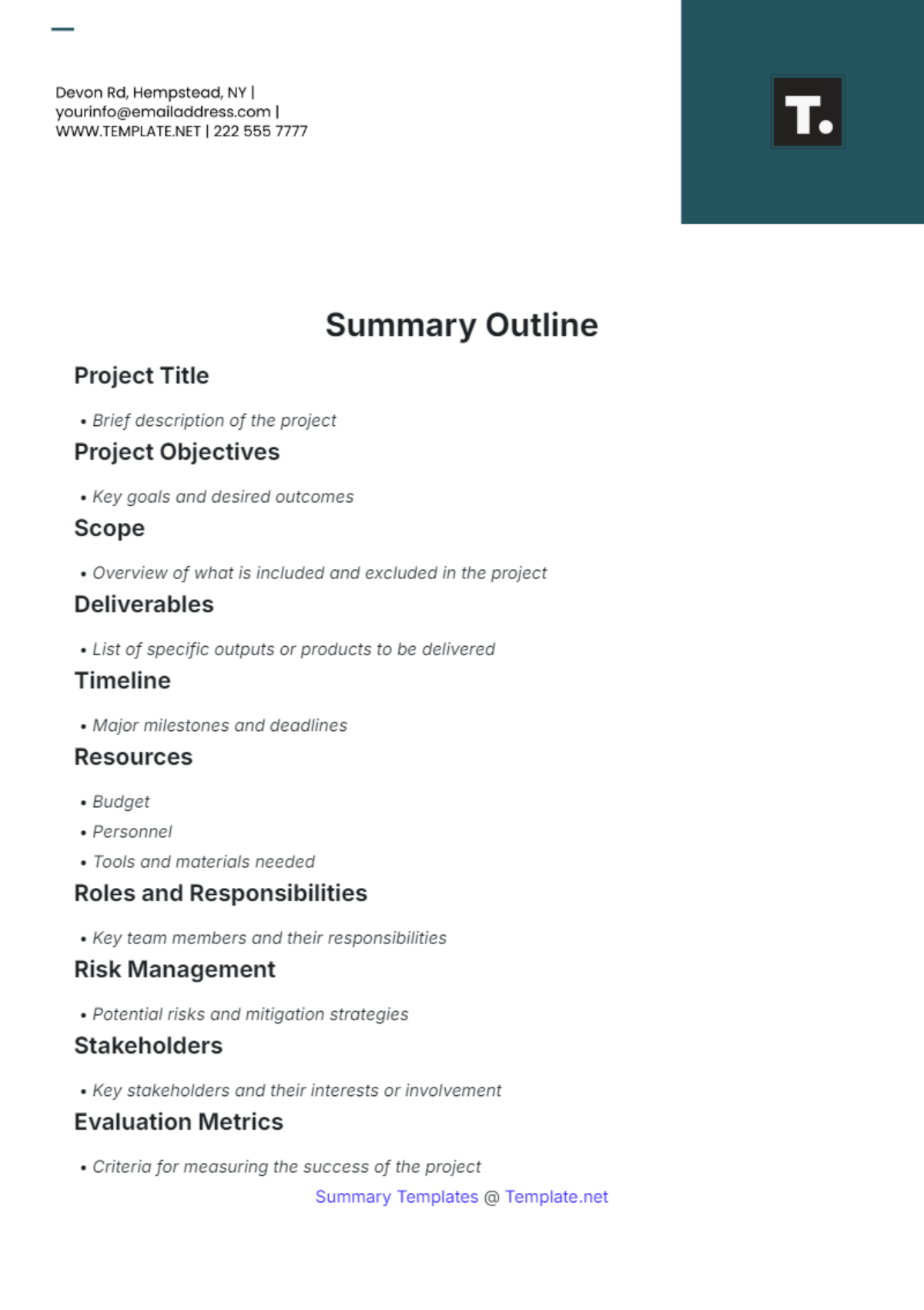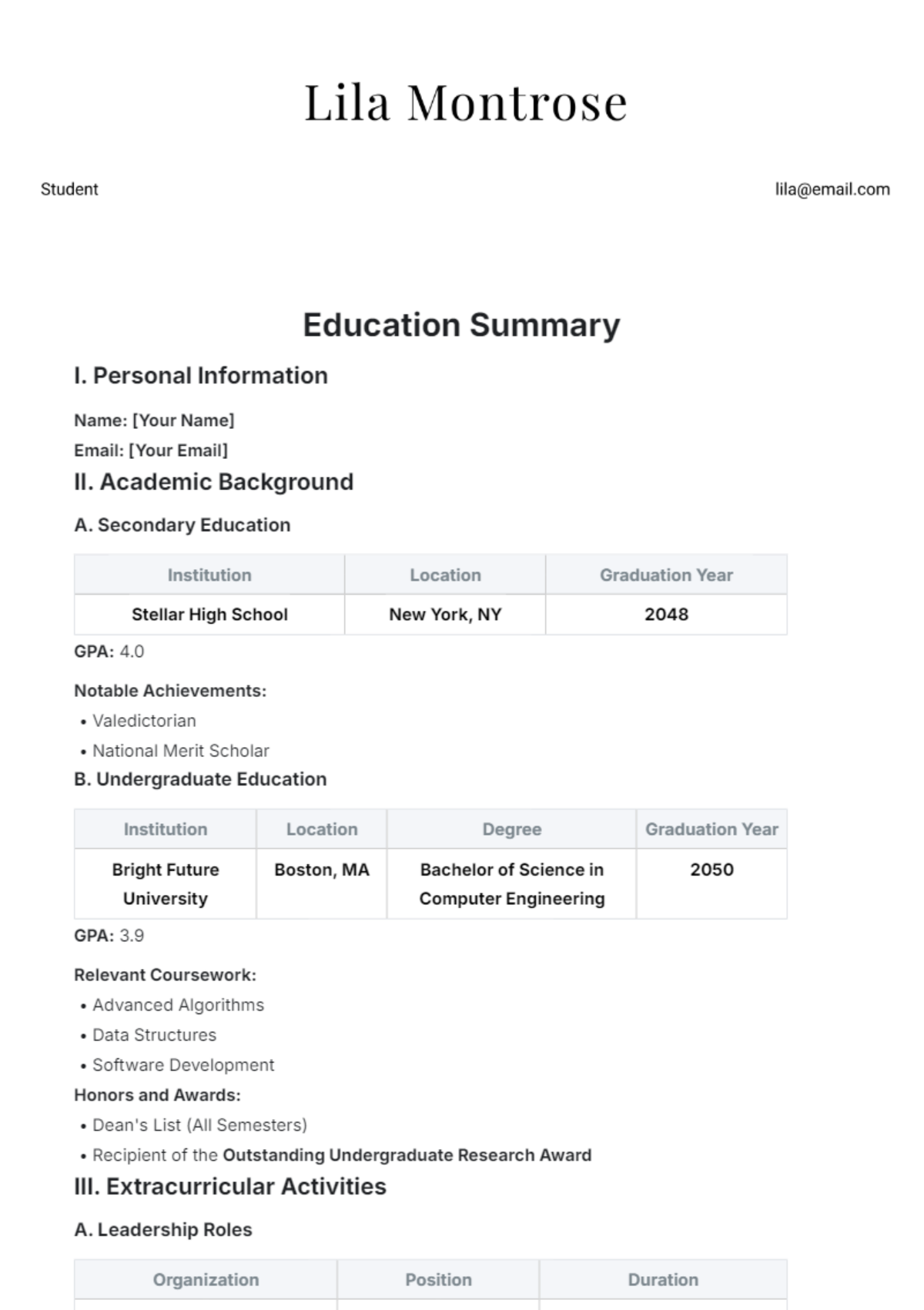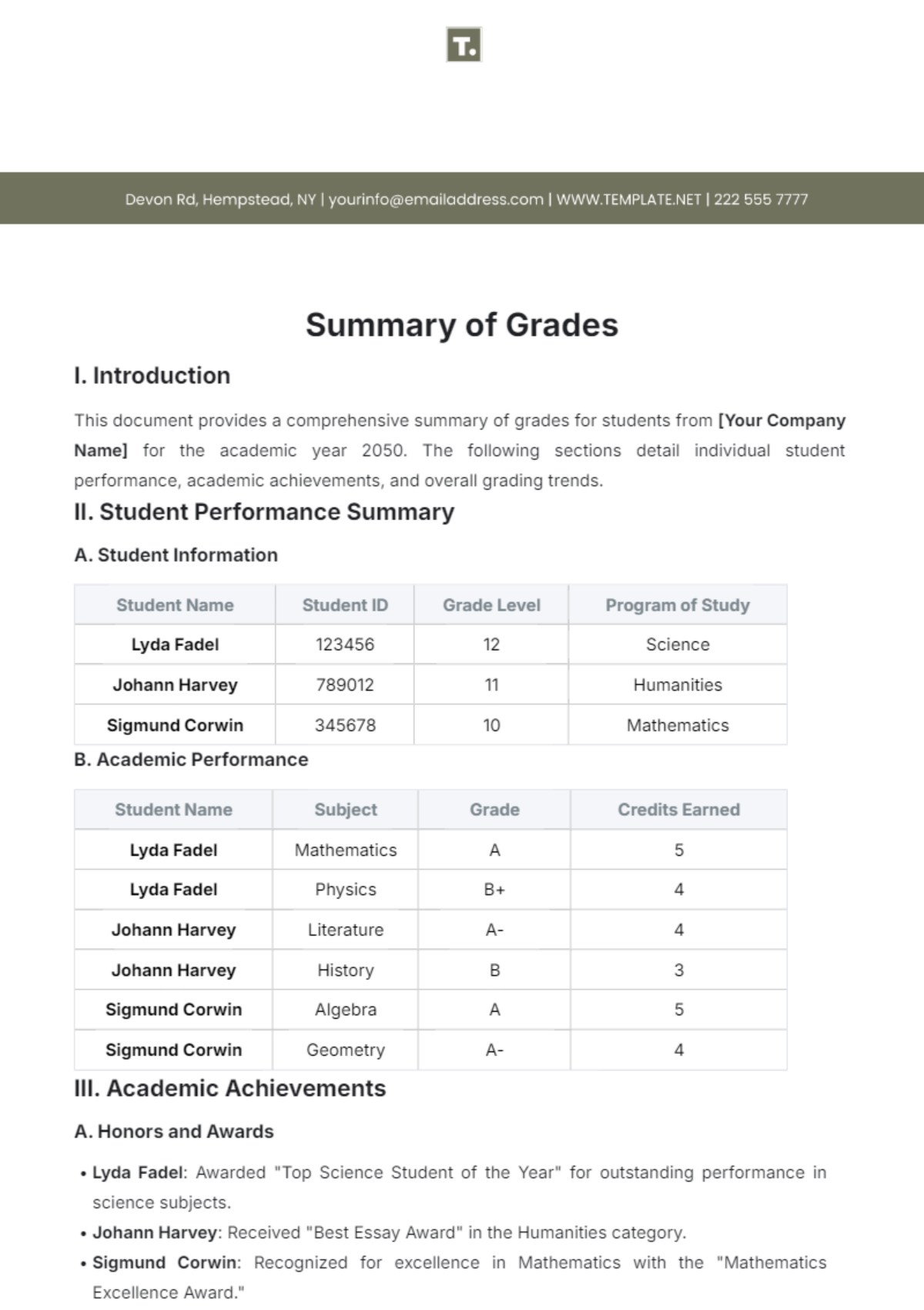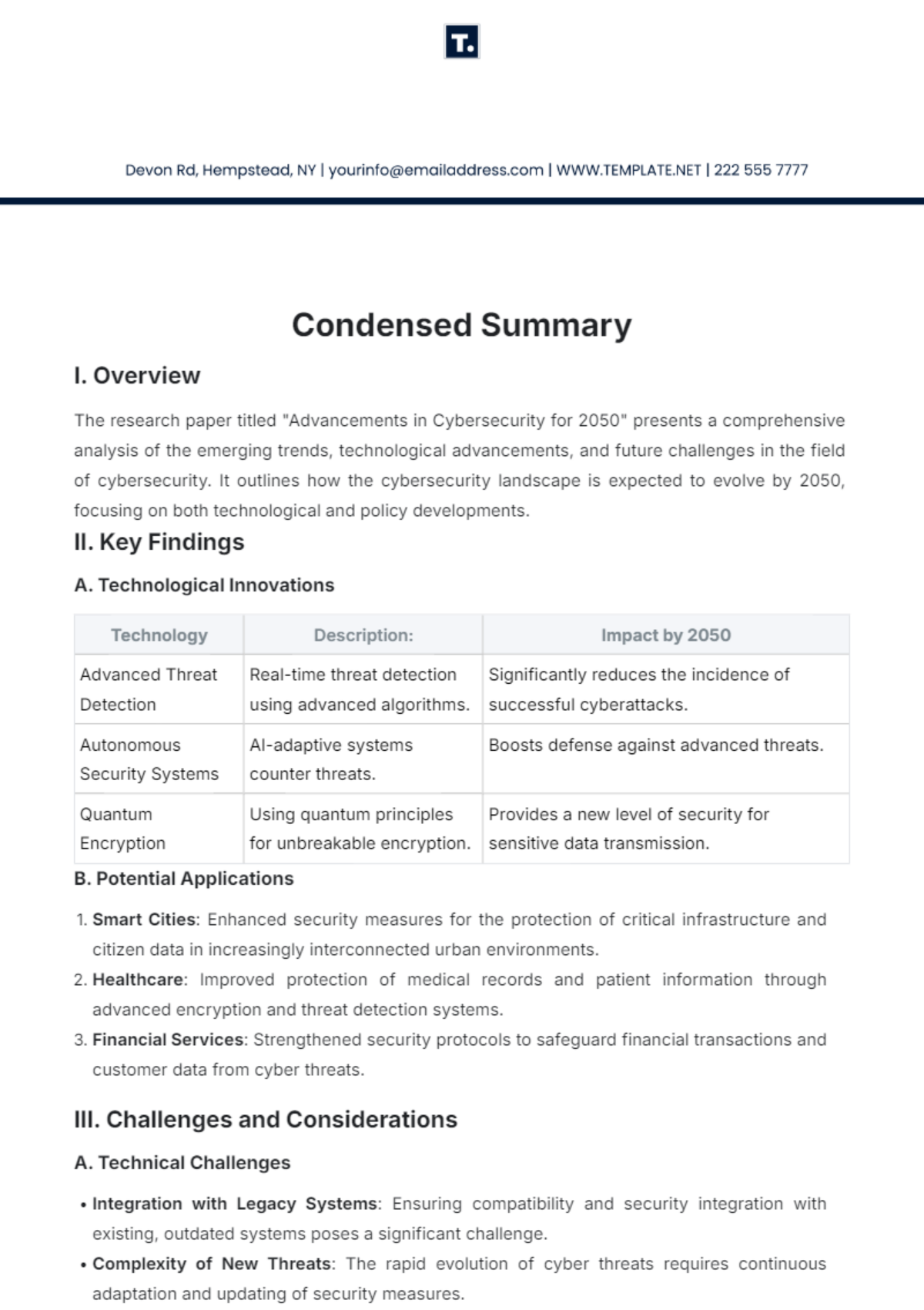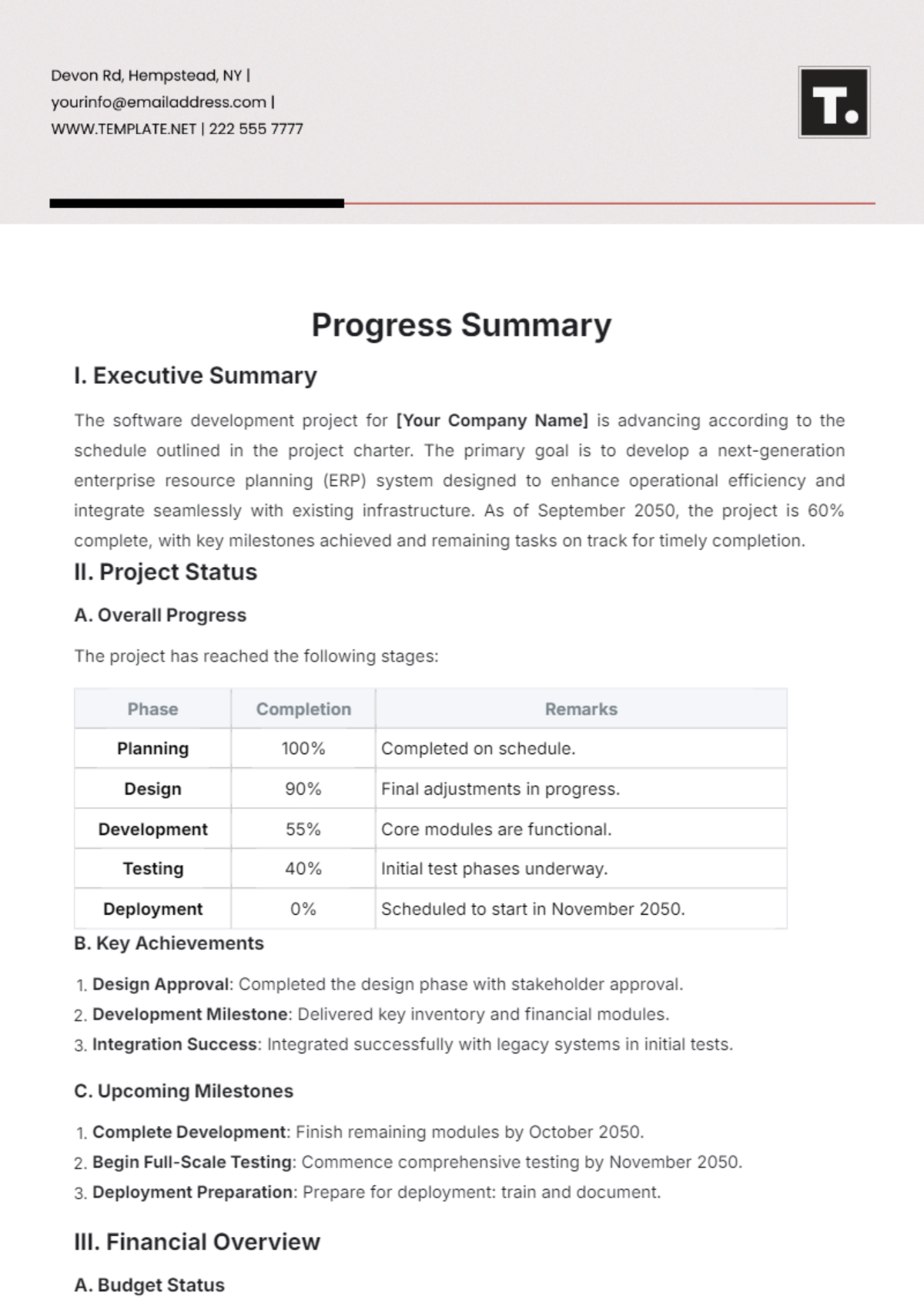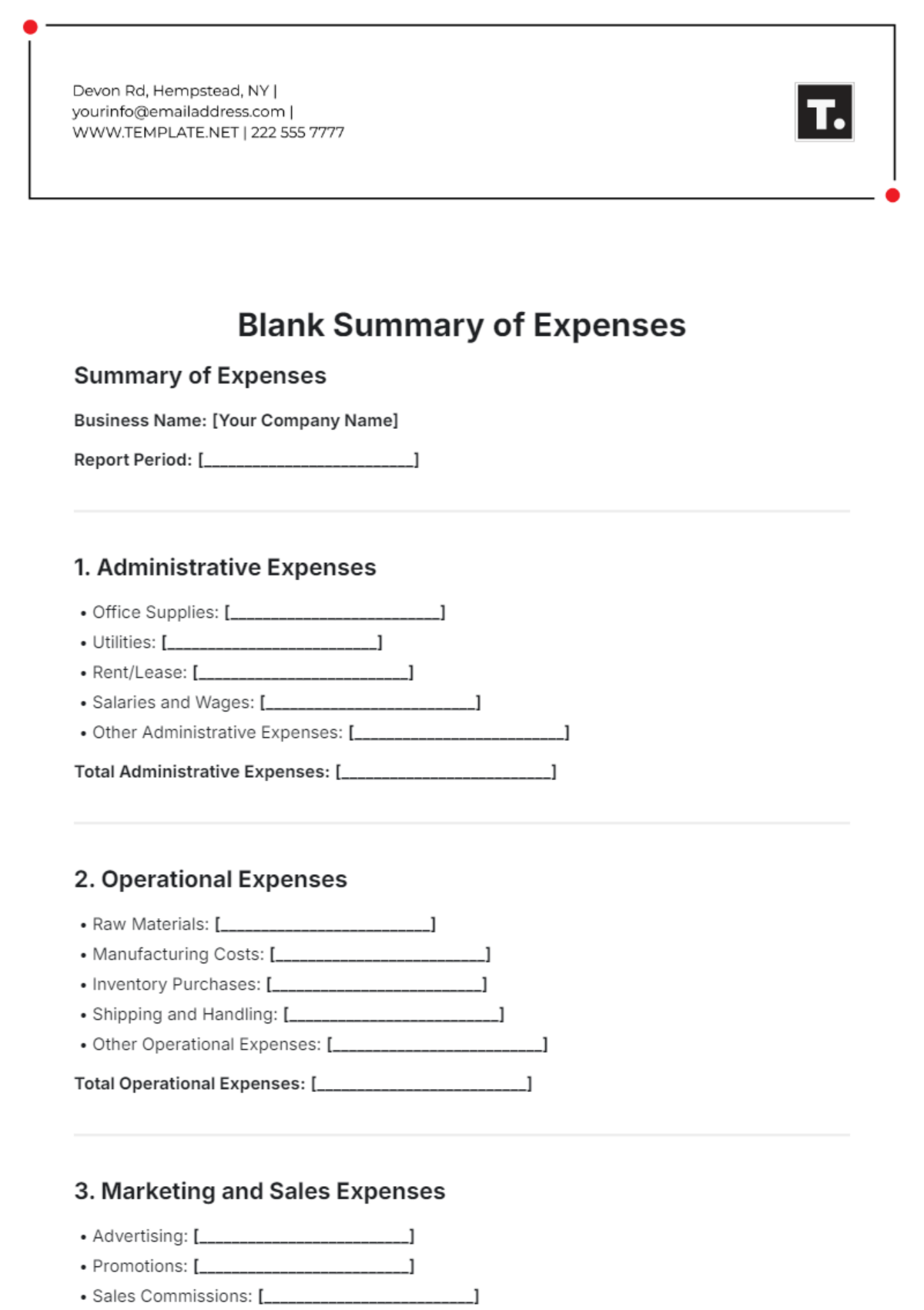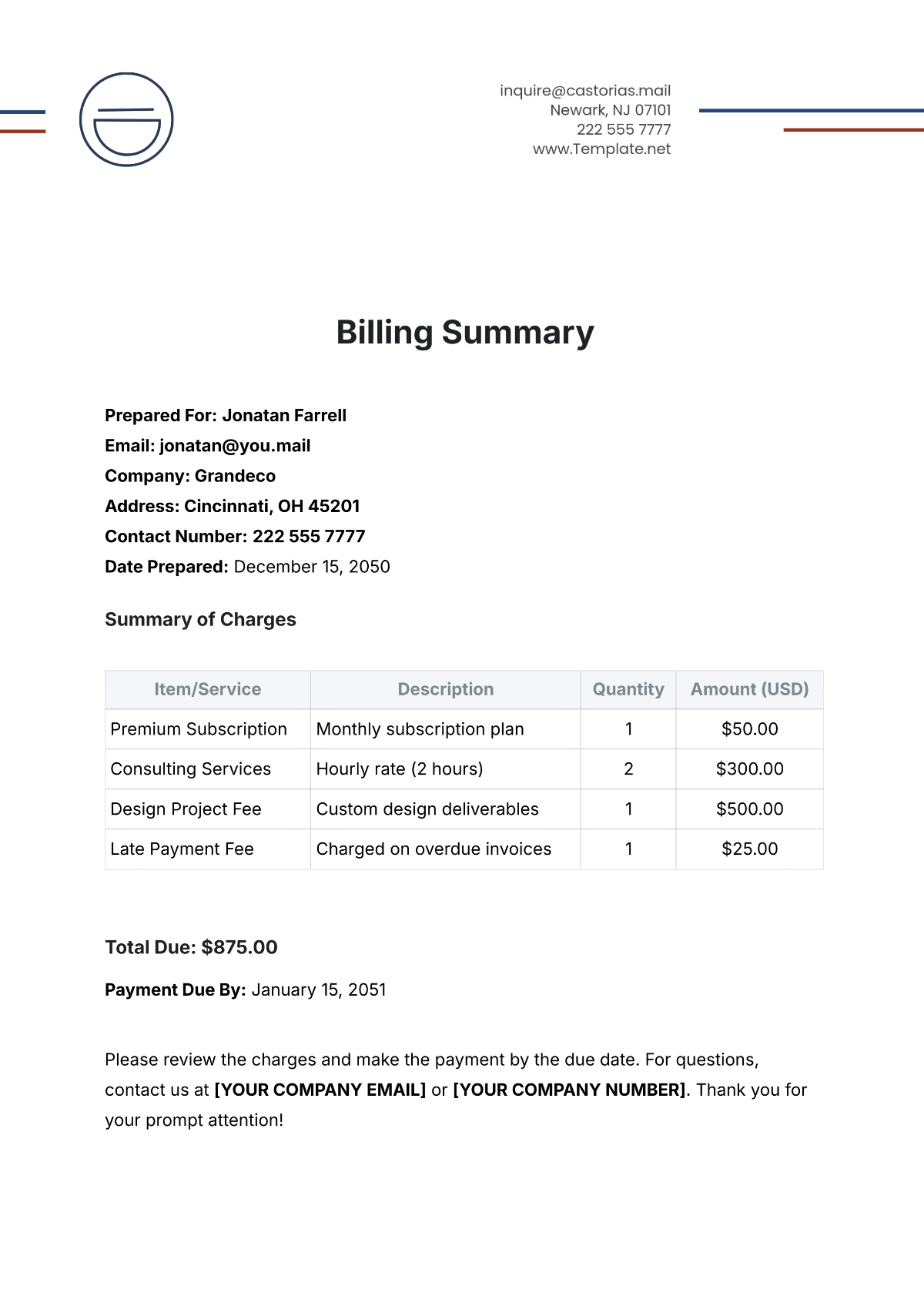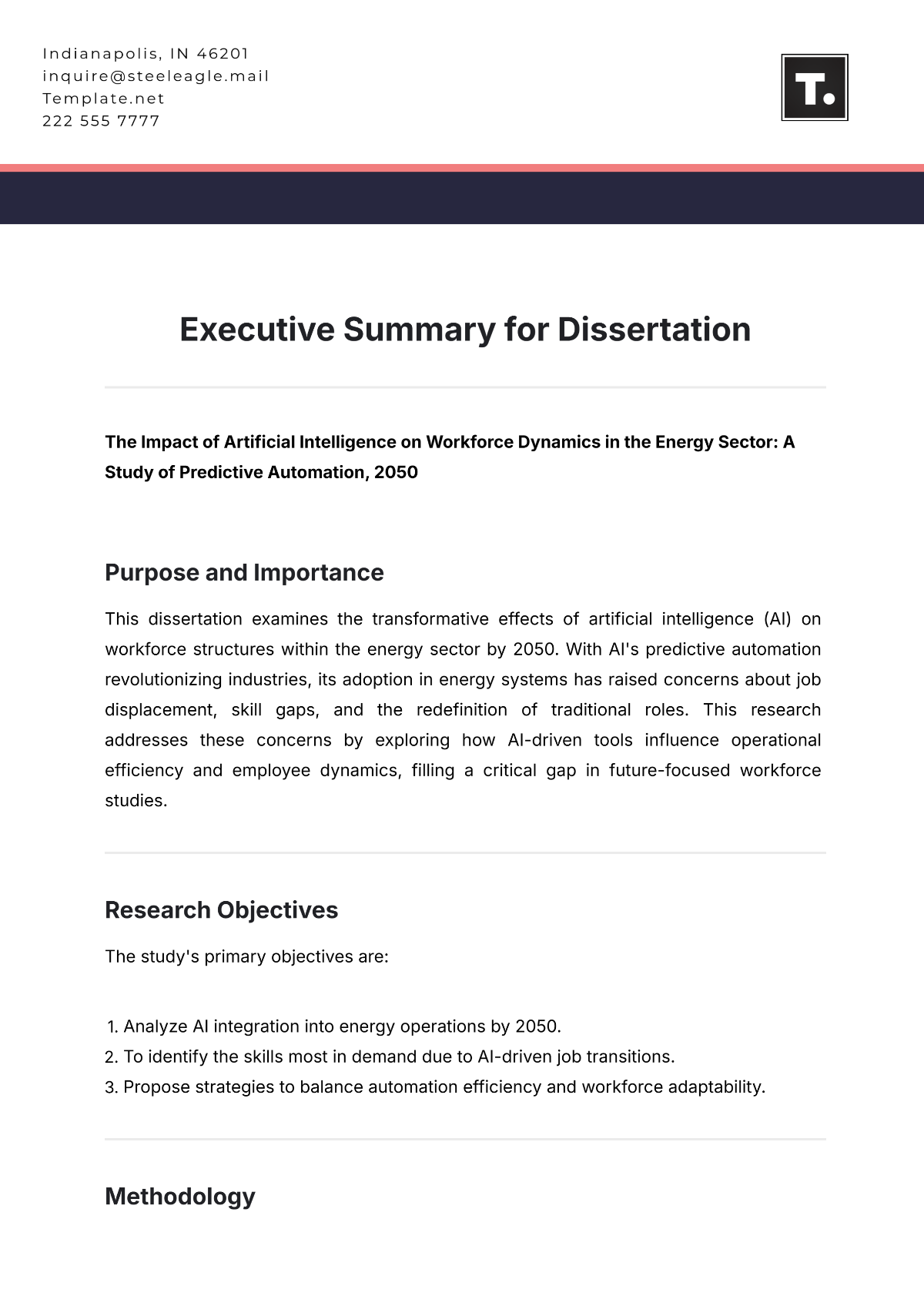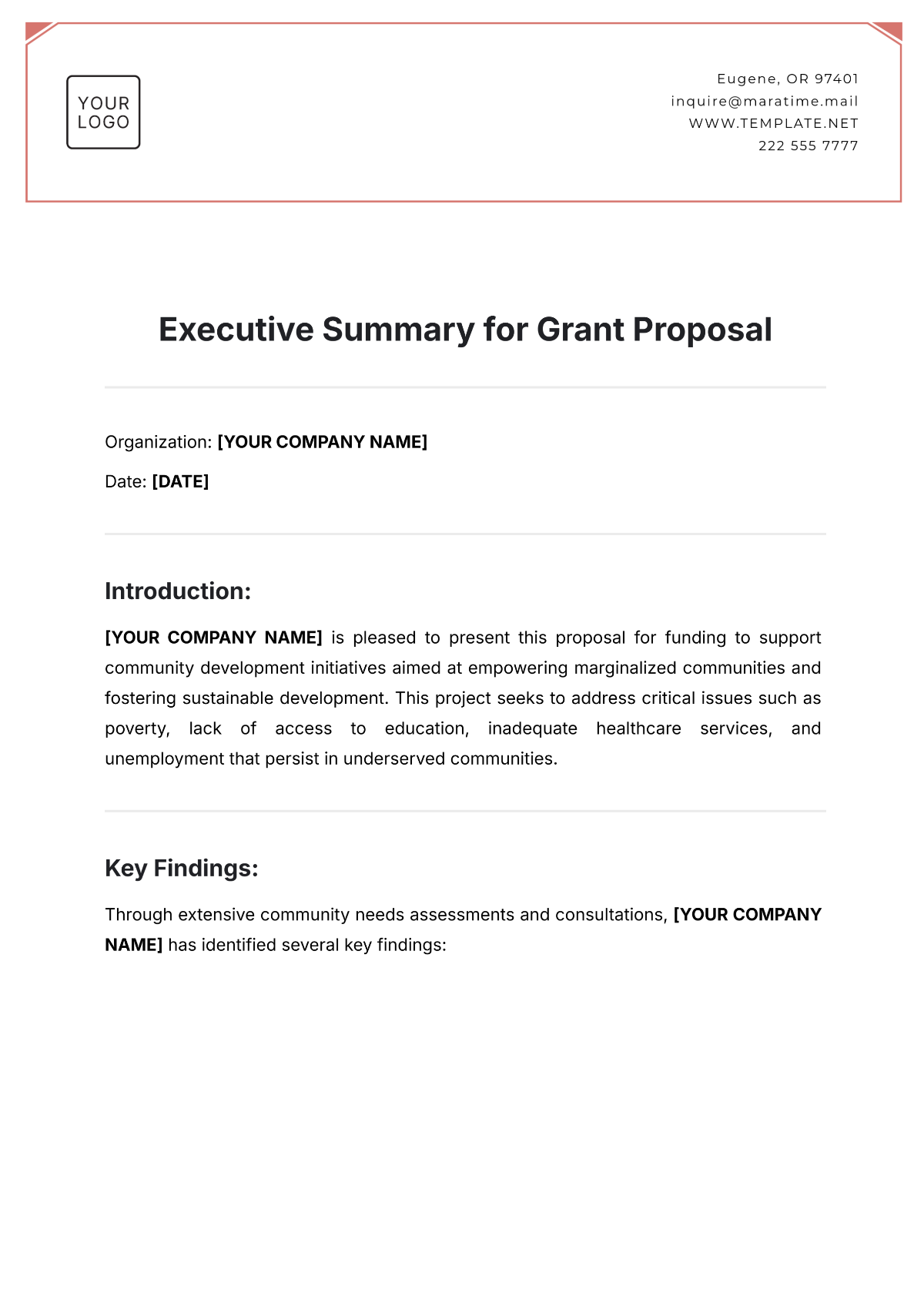Free Bill of Rights Summary for Students Template
Bill of Rights Summary for Students
Prepared by: [YOUR NAME]
[YOUR POSITION]
[YOUR COMPANY NAME]
Date: [DATE]
Introduction:
The Bill of Rights serves as the cornerstone of individual liberties in the United States, outlining fundamental rights and freedoms granted to all citizens. As students, understanding these rights is crucial for active participation in civic life and the protection of personal freedoms.
Key Points of the Bill of Rights:
Amendment | Key Points |
|---|---|
1st | Freedom of [SPEECH/RELIGION/PRESS/ASSEMBLY/PETITION] |
2nd | Right to [BEAR ARMS] |
3rd | Protection against [QUARTERING OF SOLDIERS] in private homes |
4th | Protection against [UNREASONABLE SEARCH AND SEIZURE] |
5th | Right to [DUE PROCESS/SELF-INCRIMINATION/DOUBLE JEOPARDY] |
6th | Right to [FAIR TRIAL/SPEEDY AND PUBLIC TRIAL] |
7th | Right to [TRIAL BY JURY] in civil cases |
8th | Protection against [EXCESSIVE BAIL/FINES/CRUEL AND UNUSUAL PUNISHMENT] |
9th | Rights not explicitly listed in the Constitution are retained by [THE PEOPLE] |
10th | Powers not delegated to the federal government are reserved for [THE STATES/THE PEOPLE] |
Key Findings:
The Bill of Rights guarantees fundamental freedoms and protections for all citizens.
Understanding these rights fosters active citizenship and participation in democratic processes.
Education on the Bill of Rights is essential for promoting tolerance, diversity, and respect for individual liberties.
Action Plan for Educational Initiatives:
Curriculum Integration:
Develop lesson plans and resources that incorporate the Bill of Rights into various subjects such as [SUBJECT 1], [SUBJECT 2], and [SUBJECT 3].
Provide professional development opportunities for educators to enhance their understanding and teaching of constitutional rights.
Interactive Learning Activities:
Organize debates, simulations, and discussions to engage students in exploring real-life applications of the Bill of Rights.
Utilize multimedia platforms and interactive technologies to make learning about constitutional rights dynamic and accessible.
Community Engagement:
Partner with local organizations, experts, and government agencies to provide students with opportunities for civic engagement and advocacy.
Organize events, workshops, and service projects focused on promoting awareness and understanding of constitutional rights within the [COMMUNITY/REGION].
Evaluation and Assessment:
Implement assessment tools to measure students' knowledge, attitudes, and behaviors related to the Bill of Rights.
Collect feedback from students, educators, and stakeholders to continually refine and improve educational initiatives.
Conclusion:
By incorporating the Bill of Rights into educational initiatives, we empower students to become informed and engaged citizens who uphold the principles of democracy and protect the rights and freedoms of all individuals.
This summary serves as a guide for educators, schools, nonprofit organizations, and government agencies committed to promoting constitutional literacy and civic engagement among students.

